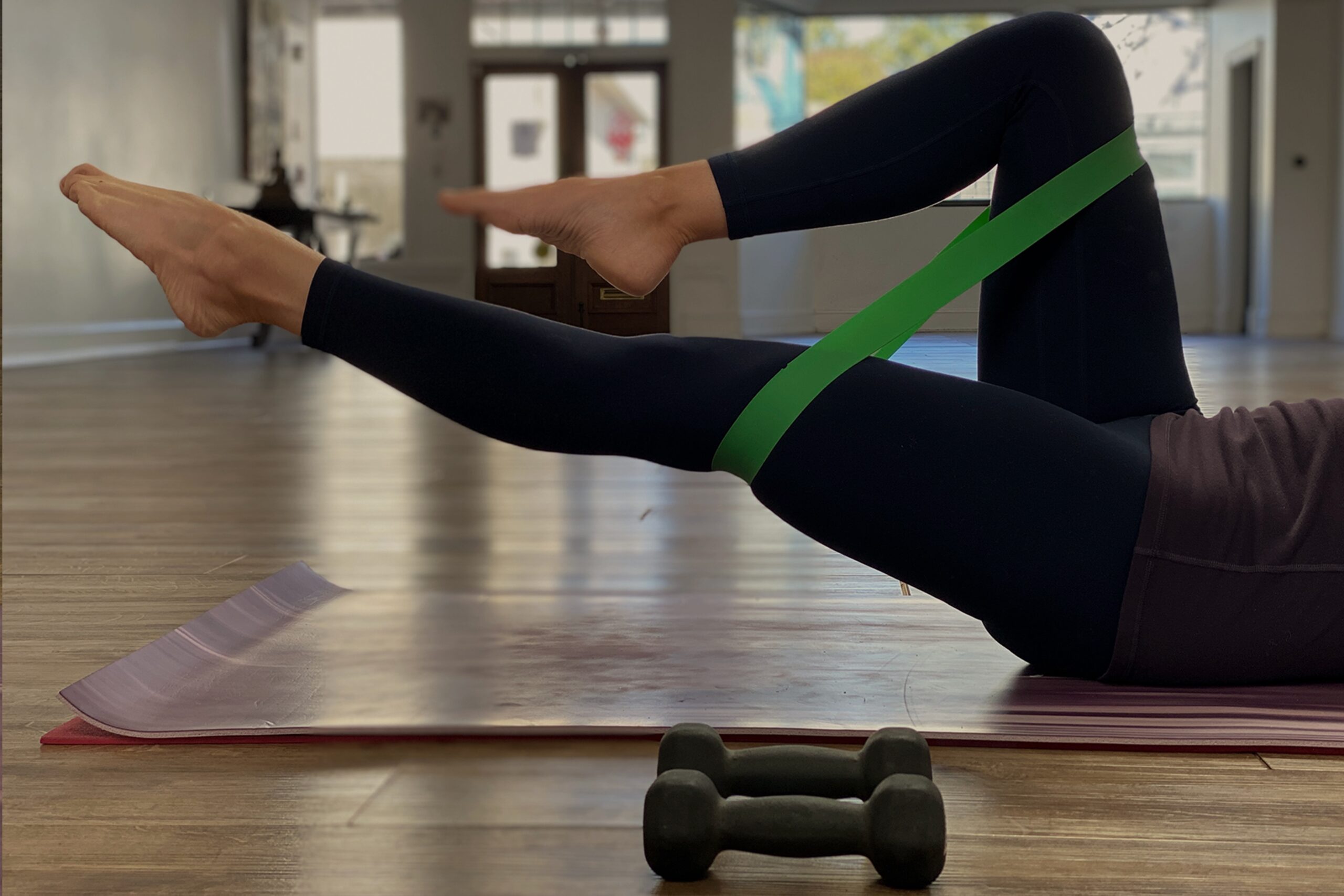Now this is an interesting question that is fairly common amongst new comers to training. How long should I train for? Sadly this question has a variety of answers, it’s all about your goals!! So depending on what you want from your training (and level of training experience), or even rehab, will dictate training time. But sadly we also have these things called jobs and lifestyle commitments, which get in the way of our training, our job structure has a big say of when and where you train.
So back to the answer, it depends on your goal. Below we have taken a few generic gym goals, and drawn up how long we would suggest a session should be.
Maybe the most common of gym goals in the public. We would recommend an hour for people trying to lose weight (specifically fat), an hour is appropriate as you can spend…
5 minutes warm up
5/10 minutes of mobilising joints
25 minutes of strength/resistance training
15 minutes of HIIT (High Intensity Interval Training)
5 minutes cool down
This way you can incorporate an element of resistance training, HIIT and mobilising into your session, including a warm up and cool down. This way you cover all bases at a high intensity enough to burn large amount of calories! This is all very structured, but there is wiggle room with regards breakdown of timings, for example someone who has higher levels of cardio vascular fitness may consider a longer amount of time doing HIIT. However when you train you must do it with intensity and determination to get through enough work in the hour to make a difference to your lifestyle!
HYPERTROPHY:
This is a slightly more specific goal, hypertrophy is the process of muscle growth. It is a common phrase in fitness – targeting putting on lean muscle tissue. This can be tailored for either experienced or less experienced athletes depending where they are with their training. Sessions are often focused on just one or two body parts to get the best results. These sessions are designed to be short rest periods to increase intensity and taxation on the muscles to enhance as much growth as possible:
On average a session should be 40-50 minutes long. This allows:
5 minute warm up and mobility (depending on muscle group targeted in session)
Followed by 16/20 sets of exercise (each set lasting 60 seconds)
45 seconds rest between sets
5 minute cool down/mobility work
To increase the intensity in the sessions, you can either reduce the rest time in between the sets, increase the weight of each working set or slow down the tempo that you are moving at. We wouldn’t recommend trying to add more and more sets, as we believe around 16/20 sets is enough volume for your muscle group to produce muscle growth. Just remember to emphasise the eccentric (lowering phase) of the movement to encourage as much hypertrophy as possible.
STRENGTH TRAINING:
This is another very specific form of training, this is usually found in athletes who need as much strength as possible (rugby, wrestling, combat sports) or professional lifters (strongman, power lifter, Olympic lifter). These sessions are very different to the sessions above, because of the max effort needed in each lift, the rest time in between sets can be 2/3 minutes at a time. The sets are usually lower reps but more sets. This can make sessions up to 2 hours (depending on the amount of accessory exercises done after).
10-15 minute warm up and mobilising
70 minutes of weight training
10 minute circuits (not necessary depending on specificity)
10 minute cool down
When performing strength training, we suggest that you do not combine more than two compound lifts in each session. Compound lifts are not just fatiguing for the muscle tissue, but they also fatigue the CNS (central nervous system) alongside joint wear and tear. Following the compound lifts, the rest of the weight training should be spent doing accessory movements. Accessory movements tend to be single joint movements which are far less taxing on the CNS. With strength training we would suggest getting a professional to design a program for you rather than using a stock workout from the internet.
SPORTS SPECIFIC TRAINING:
This, like strength training, is a very individualised part of training. This is designed for sportsmen and women trying to enhance their athletic performance to the next level. It depends on your sport what exercises will be in the gym but they must be transferable! The amount of athletic exercises you see on social media which have no correlation to the chosen sport is increasing rapidly. So whatever exercise you complete here, make sure it can transfer. But a session which is designed to improve your sport or specific area/skill in your sport, should realistically be 30/45mins max!
10 minutes warm up (specific to your sport)
20 minutes of specific sport training – to enhance performance
10 minutes of specific sport skill – check for transfer
We would recommend keeping these sessions lower impact as possible. If you are training for sport, doing too much high volume sports work combined with weight training will have a negative effect on your performance – eventually causing injury or potential burn out. A lot of athletes need to produce maximum power in a short amount of time so expect high levels of intensity with each movement.
So with regards to training, there is no optimal one size fits all for types of training, it depends on your goals! So link back to your own personal goals, do you want any of the goals above? If so, then hopefully you can use these guidelines above to help shape your training to get the best results possible. So next time you are on your way to the gym, think to yourself, is my session planned? How long will it be? And does it correlate to my goals? If so, you are already on your path to progress. Albeit if you are working with a personal trainer, it will be more than likely your session will be an hour long.





